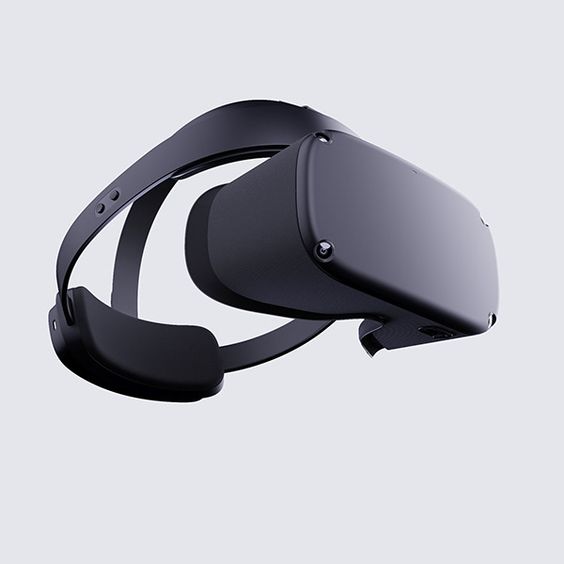Real Life Reality: Exploring the World of VR Headsets
In recent years, Virtual Reality (VR) technology has revolutionized how we experience digital content, blending the lines between the virtual and physical worlds. At the heart of this revolution are VR headsets, sophisticated devices that transport users into immersive virtual environments, offering unparalleled experiences across various industries and applications.
Understanding VR Headsets
A VR headset is a wearable device that utilizes advanced optics and sensors to create a simulated environment that users can interact with. By wearing a VR headset, users are visually and sometimes audibly immersed in a 3D virtual world that responds to their movements and actions in real-time. These headsets typically consist of:
- Display: High-resolution screens that provide stereoscopic images, creating a sense of depth and immersion.
- Optics: Lenses that magnify and adjust the images to match the user’s field of view, enhancing visual clarity.
- Tracking System: Sensors that track the user’s head movements and position, allowing for precise interaction within the virtual environment.
Applications Across Industries
The versatility of VR headsets extends beyond gaming and entertainment, encompassing a wide range of industries:
- Gaming and Entertainment: VR gaming offers an unparalleled level of immersion, allowing players to step into virtual worlds and interact with environments and characters as if they were real.
- Education and Training: VR is revolutionizing education by providing immersive learning experiences, from exploring historical landmarks to conducting virtual science experiments.
- Healthcare: In healthcare, VR is used for medical training, therapy, and even pain management by creating immersive distractions.
- Architecture and Real Estate: Architects and real estate developers use VR to create virtual tours of properties, allowing clients to visualize spaces before they are built.
- Business and Collaboration: VR facilitates virtual meetings and collaboration by enabling remote teams to interact in shared virtual spaces.
Evolving Technology and Future Trends
As technology continues to evolve, VR headsets are becoming more advanced and accessible. Key trends shaping the future of VR headsets include:
- Wireless Connectivity: Eliminating the need for cumbersome cables enhances mobility and user experience.
- Improved Resolution and FOV: Higher resolution displays and wider field of view (FOV) contribute to more immersive experiences.
- Augmented Reality (AR) Integration: Combining VR with AR capabilities allows for enhanced interaction between virtual and real-world elements.
- Health and Comfort: Innovations in ergonomics and comfort ensure prolonged use without discomfort or fatigue.



